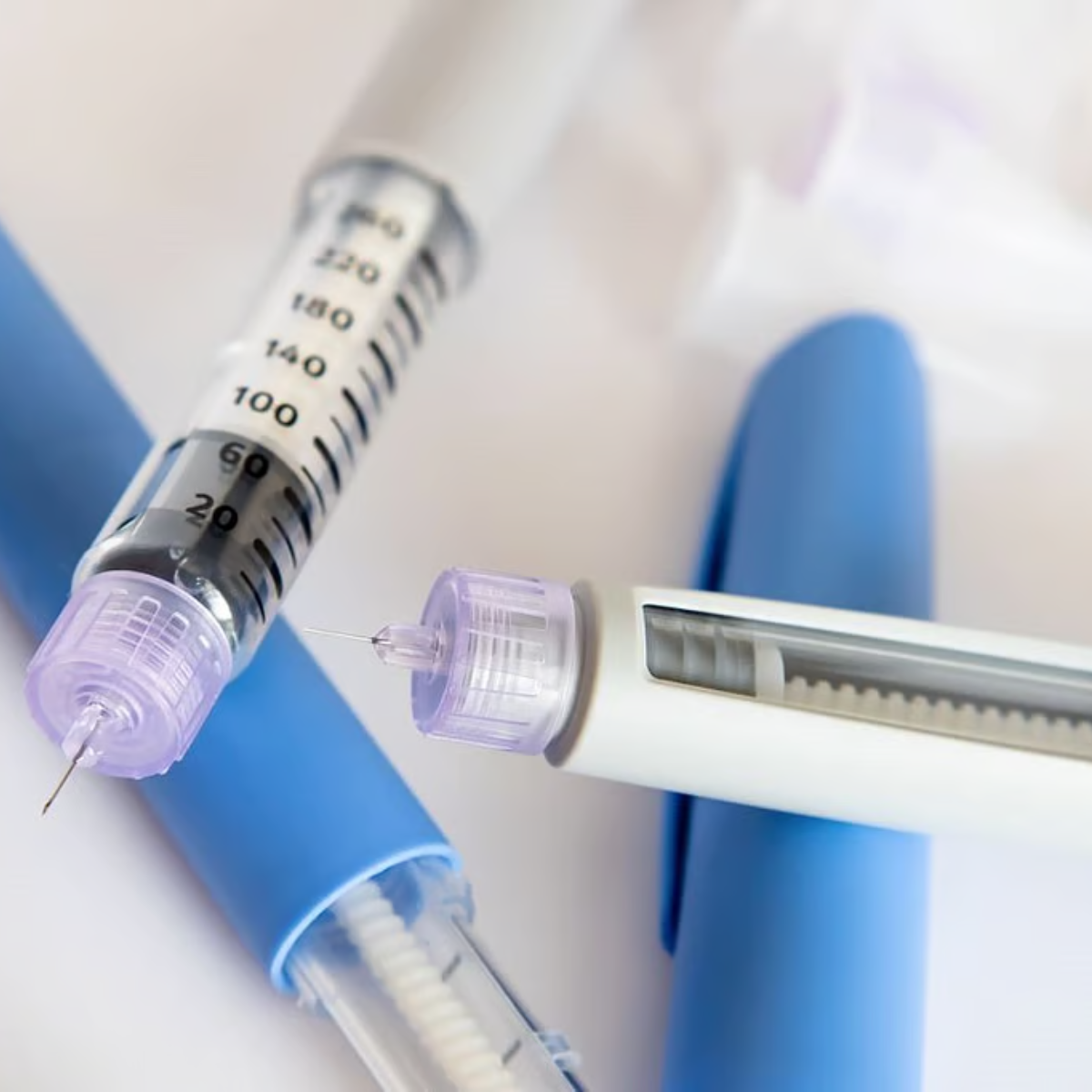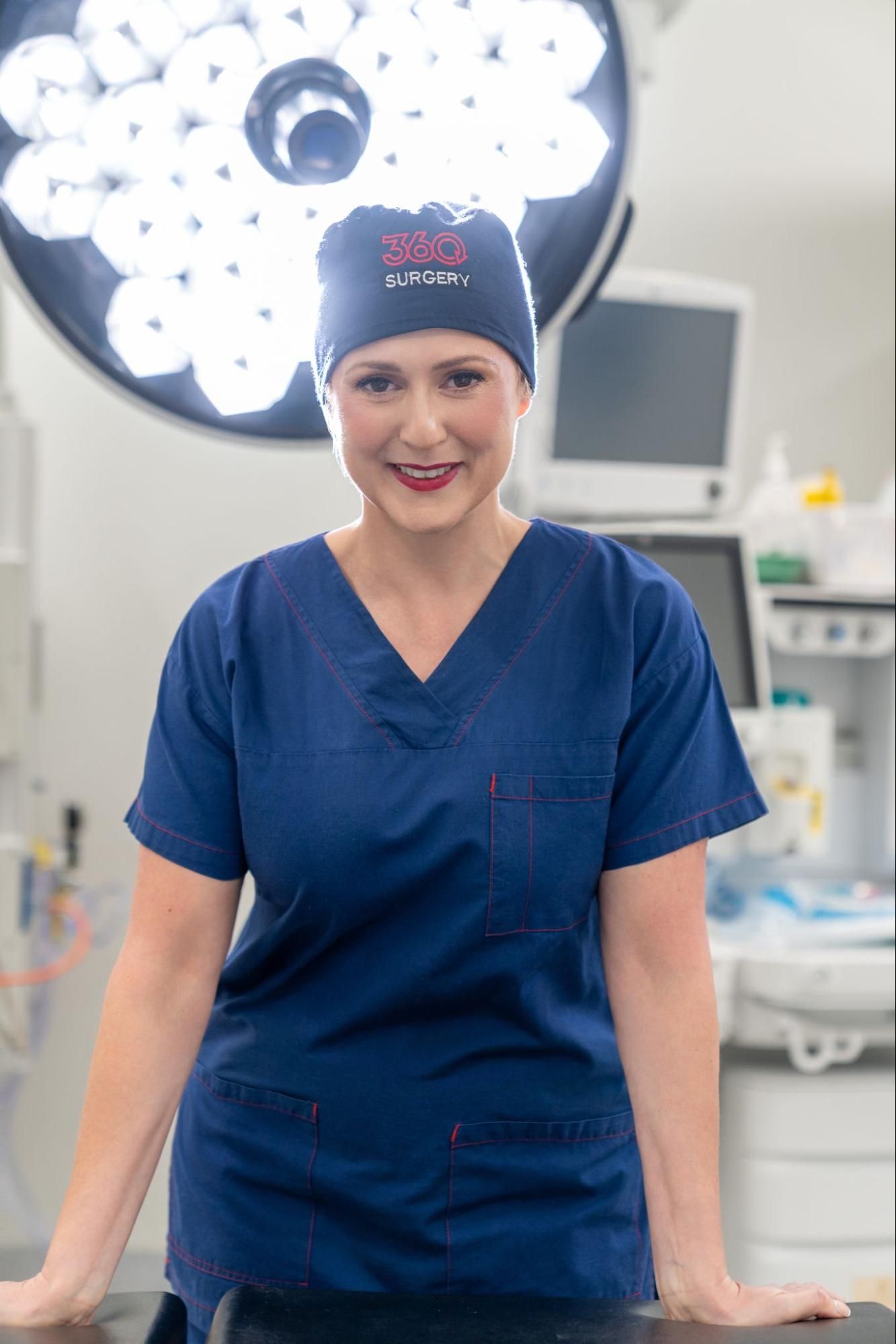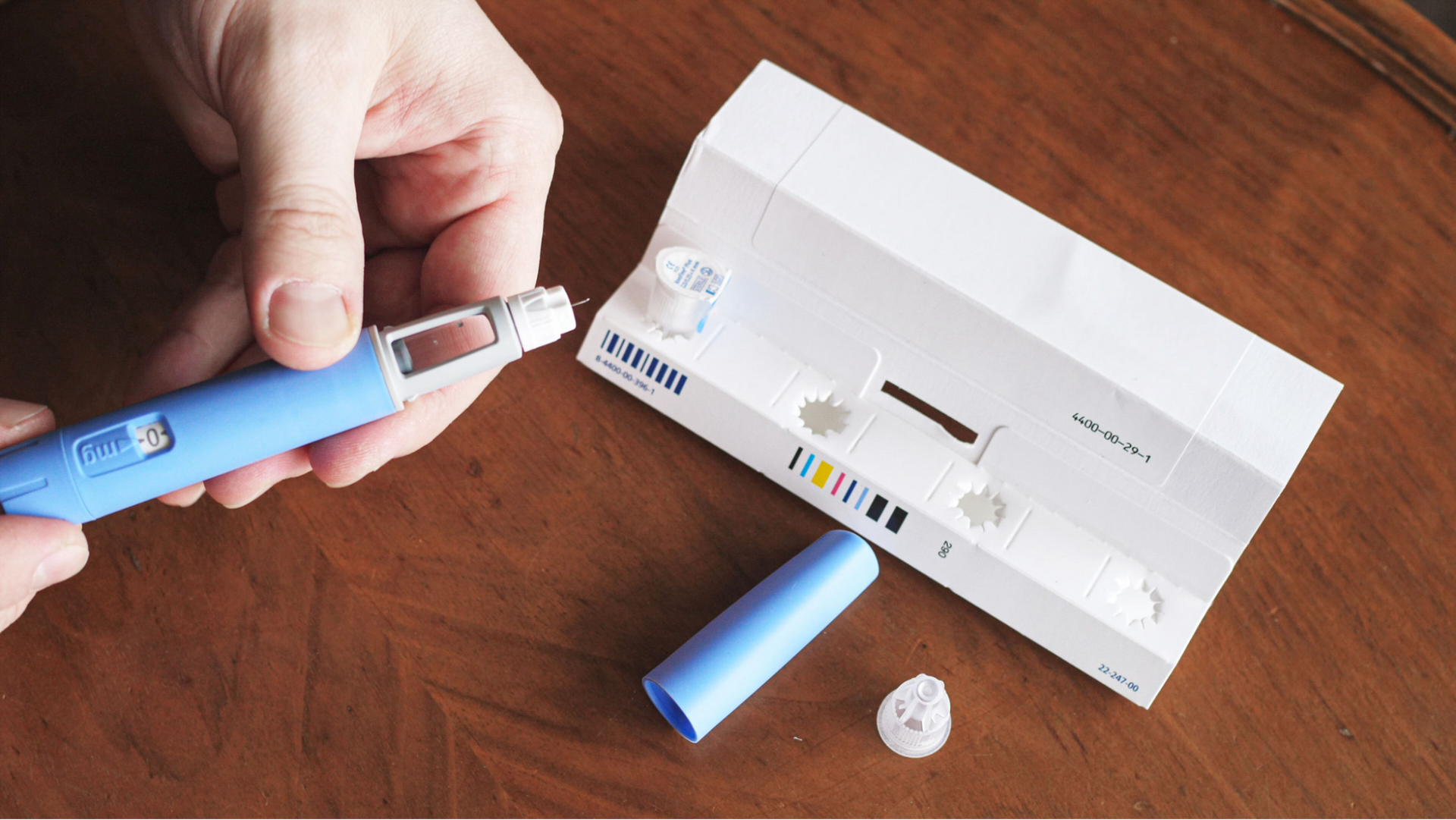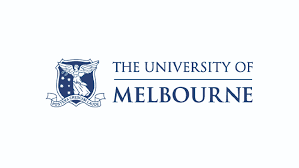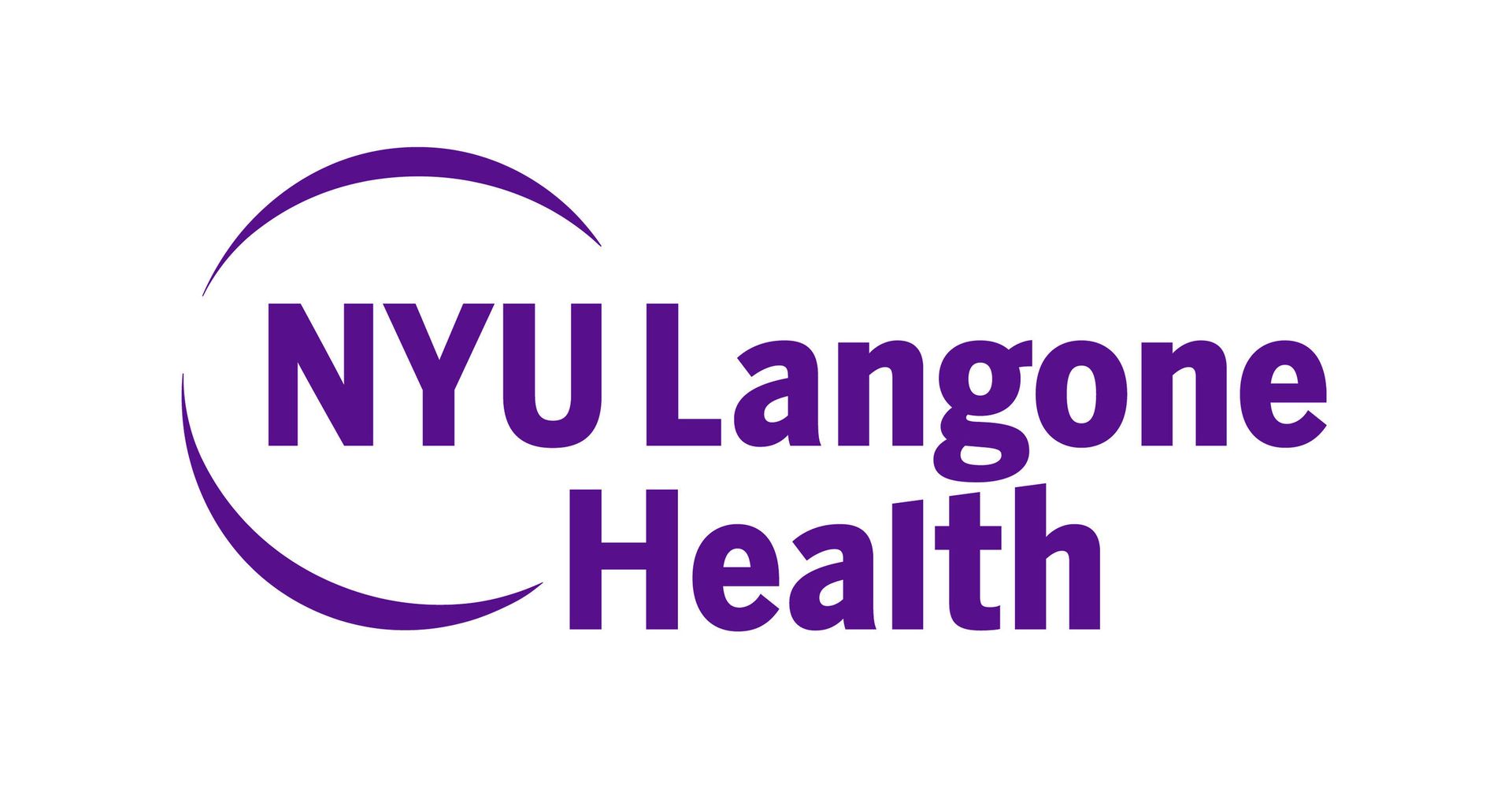Life After GLP-1s: Part 2 – Endoscopic Options
If medications aren’t enough — or you’ve stopped taking them — endoscopic bariatric therapies can help you continue managing your weight effectively, without surgery.
Many people discontinue GLP-1 medications due to side effects, cost, or supply issues. So what’s next? A recent Nature feature highlighted several practical strategies for maintaining weight after obesity drugs, including the growing importance of minimally invasive endoscopic procedures.
What Are Endoscopic Bariatric and Metabolic Therapies (EBMTs)?
Endoscopic Bariatric and Metabolic Therapies (EBMTs) are advanced weight loss treatments performed through the mouth using an endoscope — meaning no external cuts or scars. These procedures aim to reduce stomach volume, slow digestion, or modify gut hormones that influence appetite and metabolism.
Common EBMT options include:
- Endoscopic Sleeve Gastroplasty (ESG): A gastric remodelling procedure that reduces stomach size using internal sutures, promoting earlier fullness and smaller meal portions.
- Gastric Balloons: Temporary, space-occupying devices placed in the stomach to help control appetite and portion size.
- Mucosal Resurfacing Procedures: Techniques that alter the stomach or small intestine lining to improve glucose metabolism and insulin sensitivity.
- Small-Bowel Therapies: Innovative options such as magnetic anastomosis, which modify nutrient flow to enhance metabolic control.
Effectiveness and Safety
Peer-reviewed studies and clinical reviews in leading medical journals show that EBMTs deliver meaningful and sustained weight loss with favourable safety profiles compared with traditional surgery. On average, patients can achieve 10–20% total body weight reduction depending on the type of procedure and follow-up care.
EBMTs are especially valuable for:
- People who cannot tolerate GLP-1 medications or have had to stop due to side effects or cost.
- Individuals who are not yet ready for bariatric surgery but need medical support beyond lifestyle measures.
- Patients seeking a bridge treatment between medication and surgery, maintaining progress while minimising risk and downtime.
These procedures are typically performed as day-only interventions, with a shorter recovery time and a strong safety record when delivered in accredited centres.
Integrated, Personalised Weight Loss Pathways at 360 SURGERY
At 360 SURGERY Melbourne, we provide comprehensive care that spans medical, endoscopic, and surgical weight loss pathways. Our approach ensures that each step fits your health goals, lifestyle, and long-term needs.
Our assessment process includes:
- Detailed evaluation of your medical history, metabolism, and previous treatments.
- Discussion of GLP-1 medication results, tolerance, and future suitability.
- Guidance on the most appropriate endoscopic or surgical options for your goals.
- Ongoing support from our multidisciplinary team of bariatric specialists, dietitians, and psychologists to help sustain results.
If you’ve paused or completed GLP-1 therapy, an endoscopic option may be the right next step — helping you maintain momentum in your weight loss journey while avoiding invasive surgery.
Key Takeaway
Endoscopic bariatric therapies bridge the gap between medication and surgery, offering effective, low-risk solutions for ongoing weight management. By integrating GLP-1 therapy with endoscopic or surgical pathways, patients can achieve sustainable, long-term outcomes under medical supervision.
At
360 SURGERY, we’re committed to tailoring your treatment plan for lasting success — with every option designed around your body, goals, and future health.

